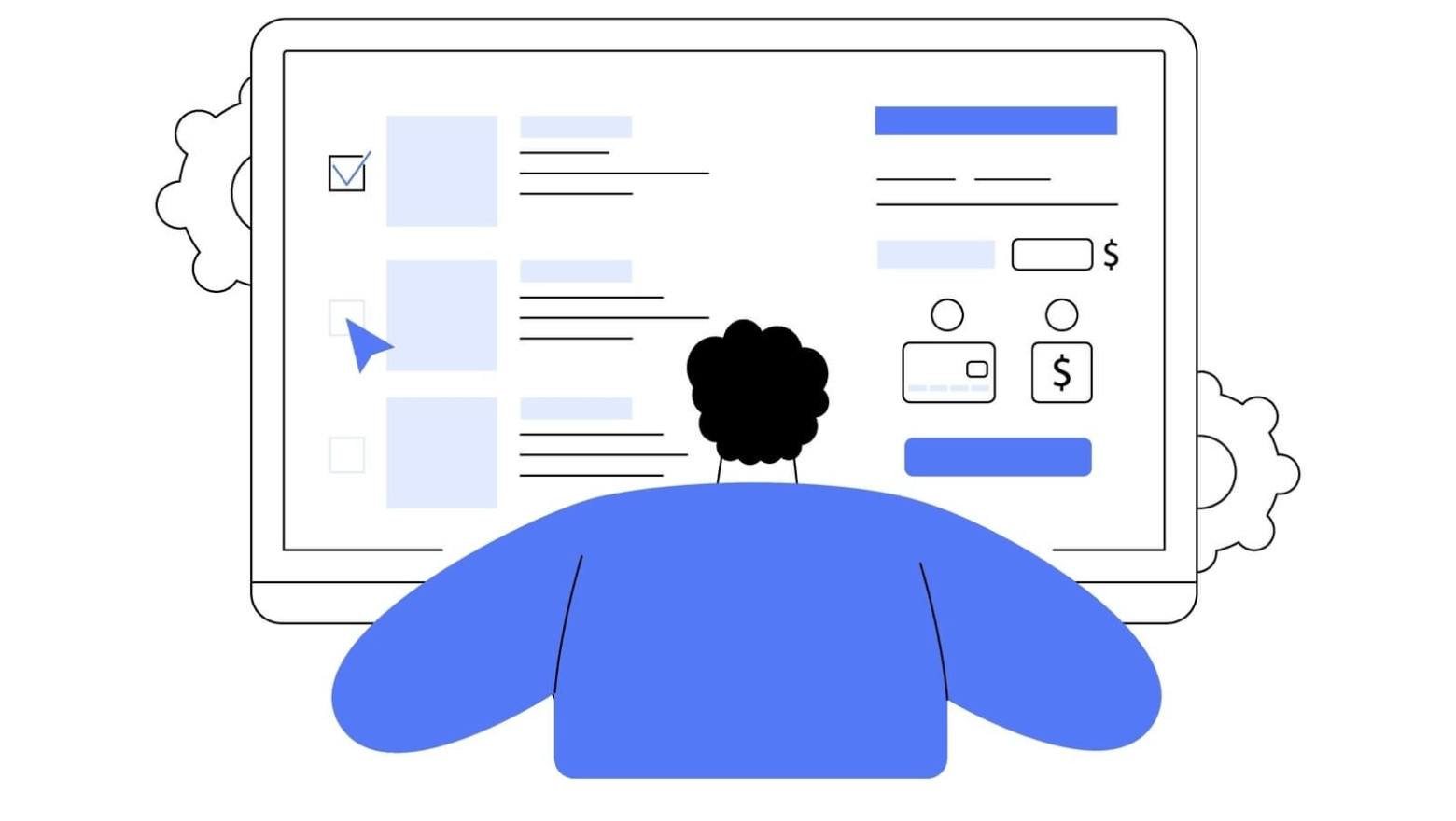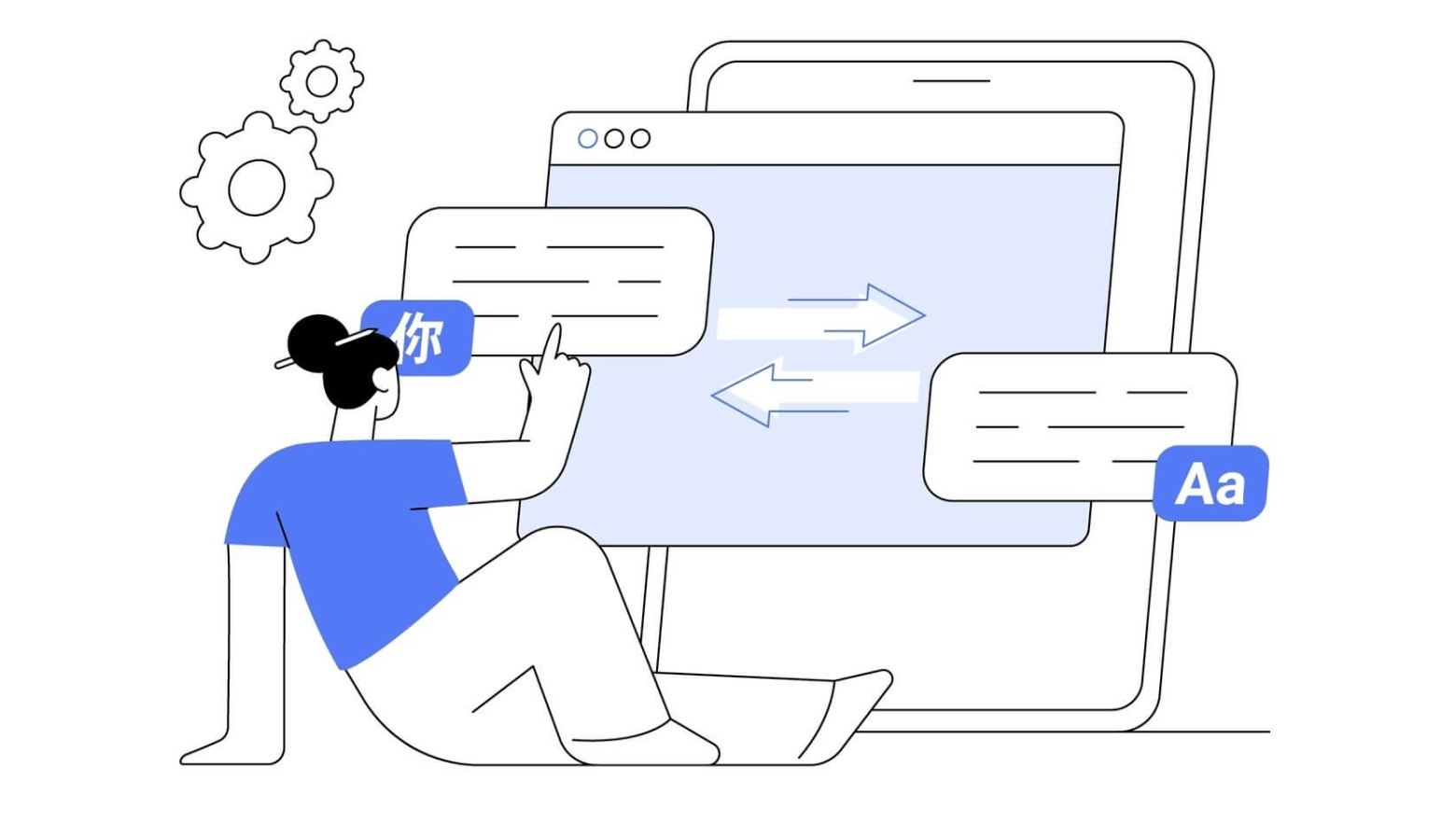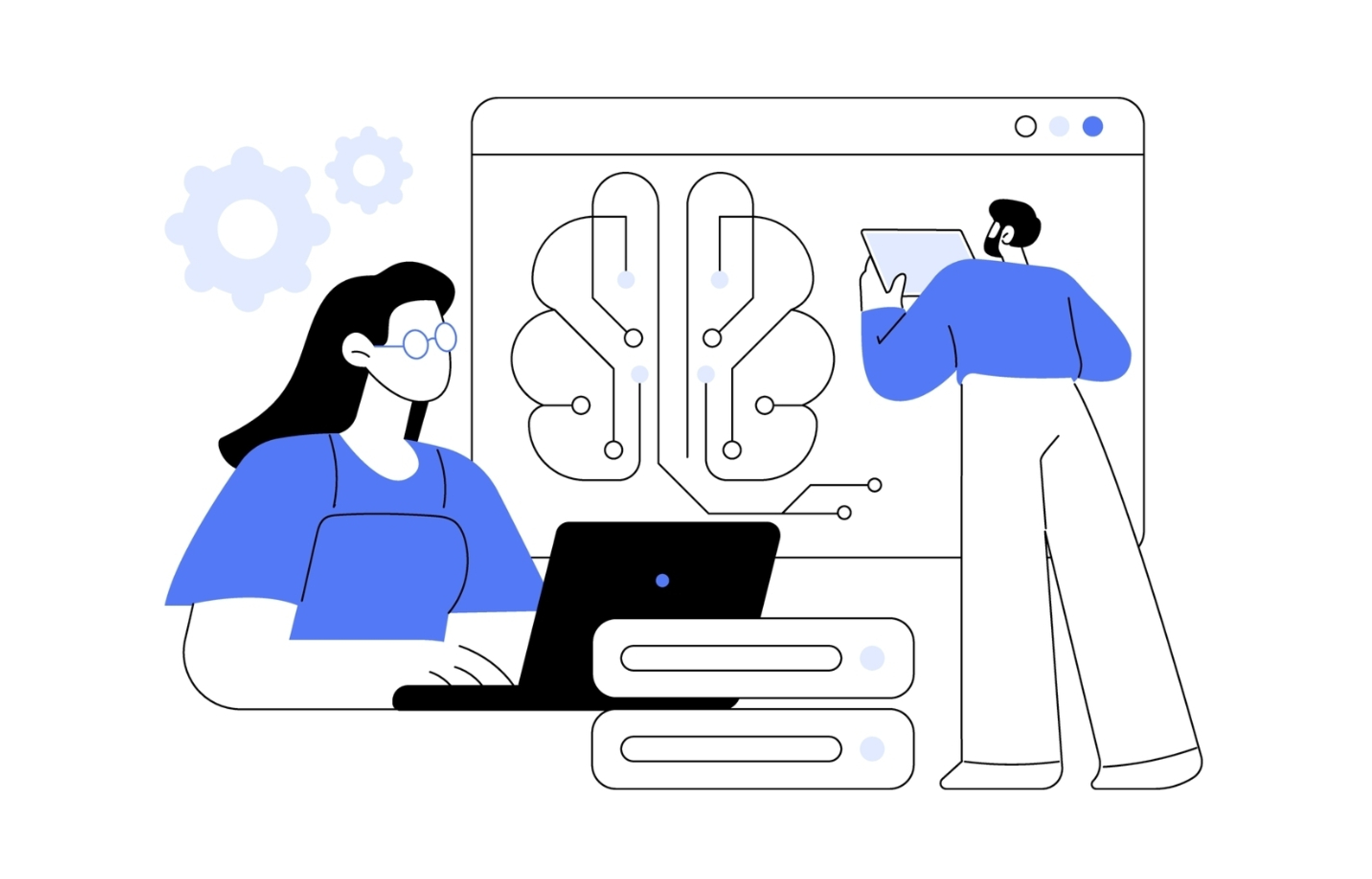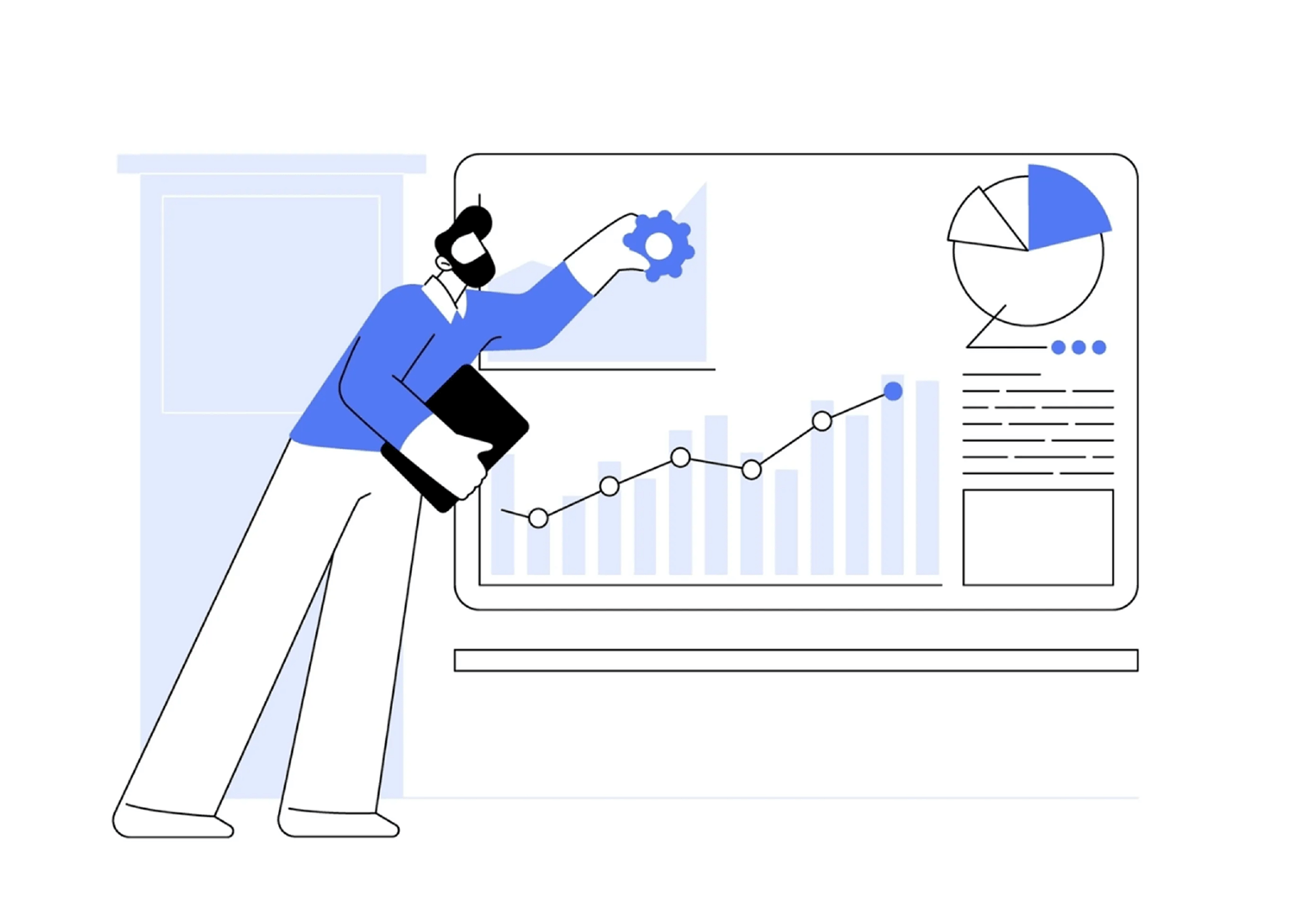Introduction
In today's world, where data has become a crucial asset, protecting the privacy of information is of great importance. Businesses frequently face the threat of data theft and leaks — whether accidental or intentional — which can have severe consequences. When using free machine translation services, organizations are particularly vulnerable, as these services often expose sensitive data to unauthorized access. This makes business documents and government anonymised information susceptible to exploitation, highlighting the need for secure data protection.
In this article, we'll explore one of the key concepts related to data security — data anonymization, and the reasons why it is essential for businesses.

Data Anonymization Defined
Data anonymization is the process of removing or changing Personally Identifiable Information (PII) from a dataset, making it impossible to restore information about specific individuals. Examples of PII include:
- social Security number (SSN), passport number, driver's license number, taxpayer identification number, patient ID number, financial accounts or credit card numbers.
- personal addresses and phone numbers.
- biometric data such as photographs, x-rays, fingerprints, retina scans, voice signatures, and facial recognition data.
Information that, when combined with other data, can be used to identify an individual, such as date of birth, place of birth, race, religion, geographic details, employment history, medical records, educational background, etc.
Nowadays, everyone is at risk of a data breach or cyber attack, regardless of the size of their company. When a data breach occurs, sensitive data can be stolen and sold on the dark web or to third parties, as exemplified by the Microsoft data breach in 2021. In the context of secure machine translation, the fundamental aspect of data protection is data anonymization.
For example, an e-commerce company like Amazon might use data anonymization to protect customer privacy while analyzing shopping behavior. When examining transaction data, the company could replace customer names with unique identifiers, such as customer IDs (e.g., C12345). This approach helps to analyze purchasing trends and preferences — like which products are most frequently bought together — without revealing the identities of individual customers.
Data anonymization tools are software applications, created to safeguard anonymised information by modifying personal identifiers in a dataset. They alter or obscure data to prevent the original information from being easily linked to an individual, thereby preserving the privacy of the data subjects. Let’s take a closer look at how they work.
Techniques for Protecting GDPR Data: The Role of Data Anonymization Tools
Data anonymization tools utilize the following techniques for the protection of GDPR anonymised data:
- Data Masking: This technique replaces original data with fictional but realistic values that have no real-world significance. For ex., a customer's name might be changed from “John Smith” to “Jane Doe” , allowing for maintaining data utility while protecting identity. You can read more on what data masking is in the Lingvanex blog.
- Pseudonymization: This method substitutes identifiable information with pseudonyms or placeholders. For ex., a user’s email address could be replaced with a unique code ( “user123” ). This transformation can be reversed only with a specific key, ensuring that the original data can be accessed securely if needed.
- Generalization: reduces the specificity of data to protect privacy. For ex., instead of recording a person's exact age ( e.g., 29 ), the data might be reported as an age range ( e.g., 25-30 ). This approach helps maintain privacy while still providing useful information for analysis.
- Perturbation: involves adding “noise” to the data, slightly distorting it to prevent precise identification while preserving overall trends. For ex., if sales data for a product shows that 100 units were sold , perturbation might alter this figure to 98 or 102 , which keeps the data useful for analysis without exposing exact numbers.
The implementation of these steps enables organizations to analyze anonymised information while safeguarding individual privacy and brings a lot of benefits. Let’s explore them further.
Benefits of Data Anonymization for Businesses
Any business that collects, stores, handles, or transports data must utilize data anonymization to comply with privacy regulations such as CCPA, GDPR, and HIPAA. These processes help industries, such as healthcare, finance, and government minimize the risks of data leaks by protecting personal information and ensuring compliance with legal requirements.
Data anonymization offers numerous benefits for businesses:
- Enhanced Data Privacy: ensure compliance with regulations such as GDPR and HIPAA, minimizing the risk of data breaches and enhancing customer trust.
- Improved Data Usability: GDPR anonymised data can still be used for analysis and testing, allowing businesses to derive insights without compromising confidentiality.
- Risk Mitigation: by anonymizing or masking data, companies reduce the risk associated with unauthorized access. This is particularly important when using third-party services, such as cloud computing or secure machine translation, where data exposure is a concern.
- Cost-Effective Solutions: data anonymization can lower costs associated with data breaches, including regulatory fines and reputational damage. Moreover, these processes streamline data handling, reducing the need for extensive security measures on sensitive information.
- Facilitating collaboration is another benefit. Anonymised information allows different departments or external partners to collaborate without risking the exposure of confidential data, encouraging data sharing and innovation.
- Streamlined Compliance: the techniques simplify adherence to legal requirements regarding data protection, making it easier for businesses to remain compliant.
How does Lingvanex have to offer?
Lingvanex’s customizable solution allows businesses to adjust data protection measures to their specific needs, streamlining workflows and reducing the resources required for secure data management.
The Lingvanex Data Anonymization Tool is designed to protect sensitive information by removing personally identifiable information (PII) from datasets. It employs techniques such as data masking, pseudonymization, generalization, and perturbation to ensure that original data cannot be traced back to individuals, maintaining privacy and compliance with regulations like GDPR and HIPAA. The tool is particularly useful for industries such as healthcare, finance, and government, where data security is crucial. Users can request a free trial to experience the effectiveness of Lingvanex’s data anonymization tool.
Why is Data Anonymization Important? (Conclusion)
In an era where data security is vital, businesses must prioritize the protection of sensitive information to guard against breaches and unauthorized access. Data anonymization is essential in this regard, providing secure solutions that not only enhance privacy but also ensure regulatory compliance.
As cyber threats continue to evolve, adopting data anonymization might become a call to action for businesses. By implementing data anonymization practices, organizations can not only protect sensitive information but also enhance their operational efficiency . This proactive approach not only eliminates the risks of data breaches but also strengthens the organization’s reputation in the marketplace, demonstrating a commitment to data security and privacy.



